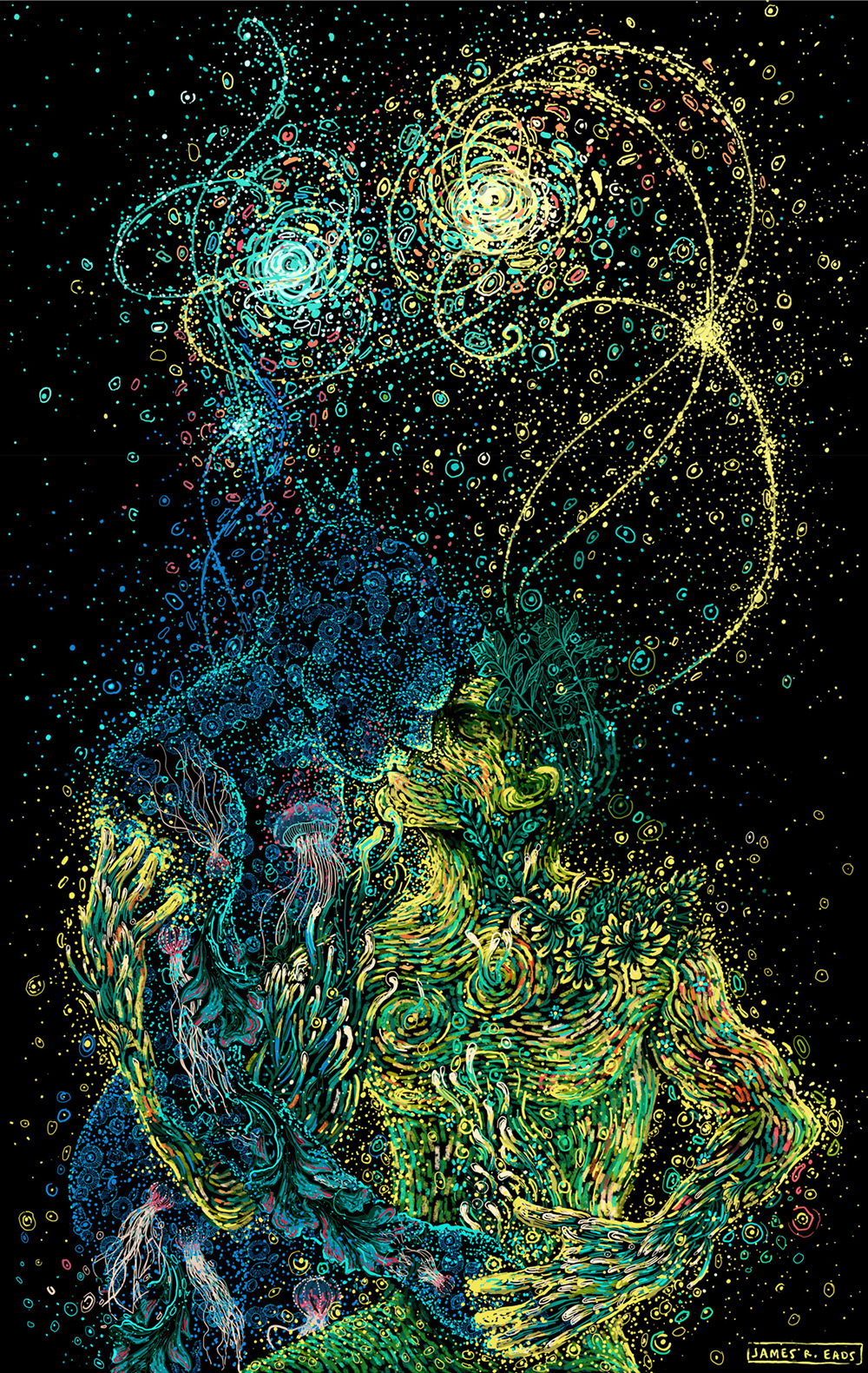Trattato della Pittura
Parte quinta | Capitoli 533-560
Indice
533. Che cosa è ombra.
534. Che differenza è da ombra a tenebre.
535. Da che deriva l'ombra.
536. Dell'essere dell'ombra per sé.
537. Che cosa è ombra e lume, e qual è di maggior potenza.
538. Che sia ombra e tenebre.
539. In quante parti si divide l'ombra.
540. Dell'ombra e sua divisione.
541. Di due specie di ombre ed in quante parti si dividono.
542. Qual è più oscura, o l'ombra primitiva o l'ombra derivativa.
543. Che differenza è da ombra a tenebre.
544. Che differenza è da ombra semplice a ombra composta.
545. Che differenza è da lume composto a ombra composta.
546. Come sempre il lume composto e l'ombra composta confinano insieme.
547. Che il termine dell'ombra semplice sarà di minor notizia.
548. Dell'ombra derivativa composta.
549. Come l'ombra primitiva e derivativa sono congiunte.
550. Come l'ombra semplice con l'ombra composta si congiunge.
551. Della semplice e composta ombra primitiva.
552. De' termini dell'ombra composta.
553. Del termine dell'ombra semplice.
554. Che ombra fa il lume eguale all'ombroso nella figura delle sue ombre.
555. Che ombra fa l'ombroso maggiore del luminoso.
556. Quante sono le sorta delle ombre.
557. Quante sono le specie delle ombre.
558. Di quante sorta è l'ombra primitiva.
559. In quanti modi si varia l'ombra primitiva.
560. Che varietà ha l'ombra derivativa.
533. Che cosa è ombra.
L'ombra, nominata per il proprio suo vocabolo, è da esser chiamata alleviazione di lume applicato alla superficie de' corpi, della quale il principio è nel fine della luce, ed il fine è nelle tenebre.









.jpg)





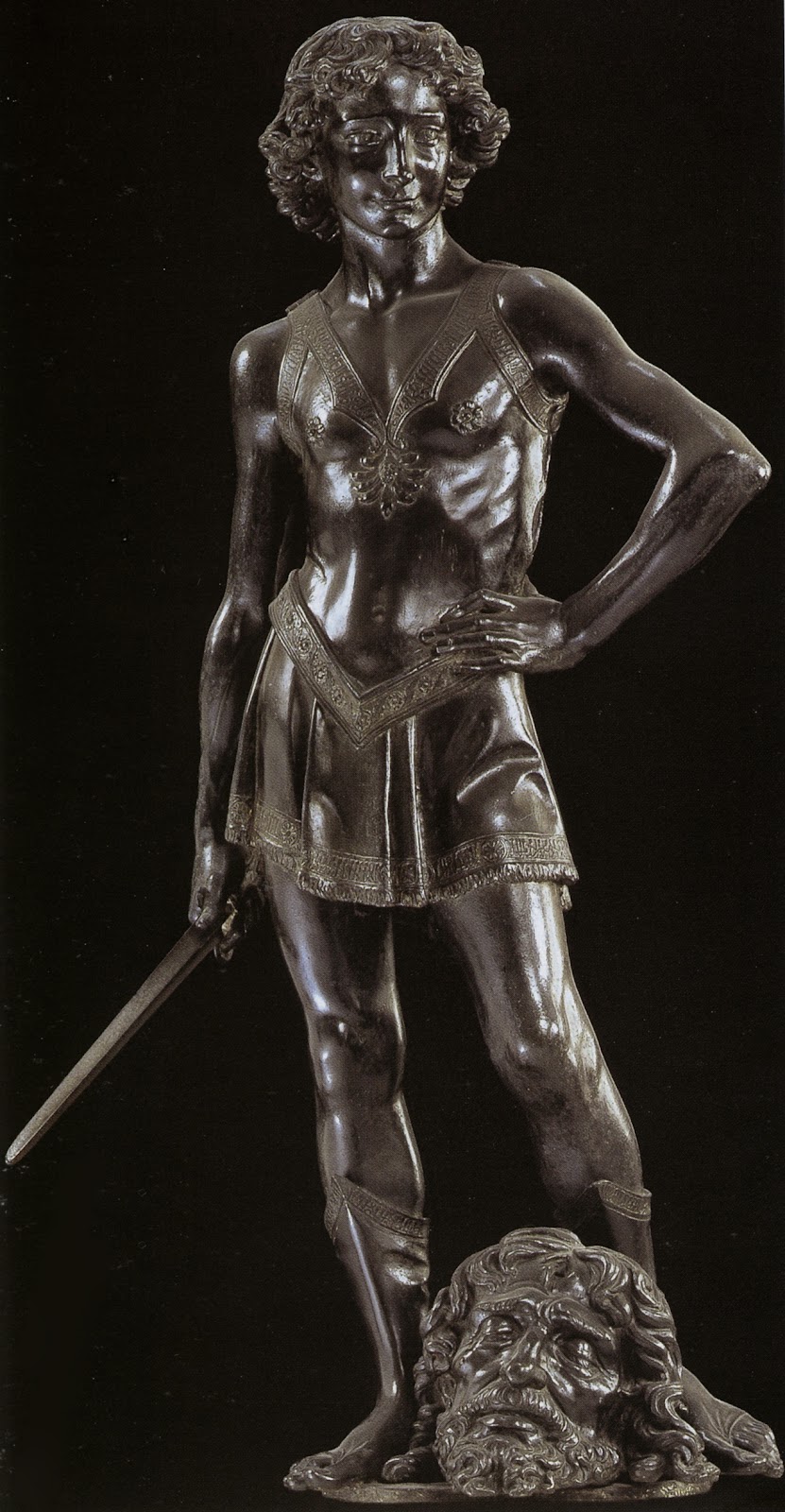
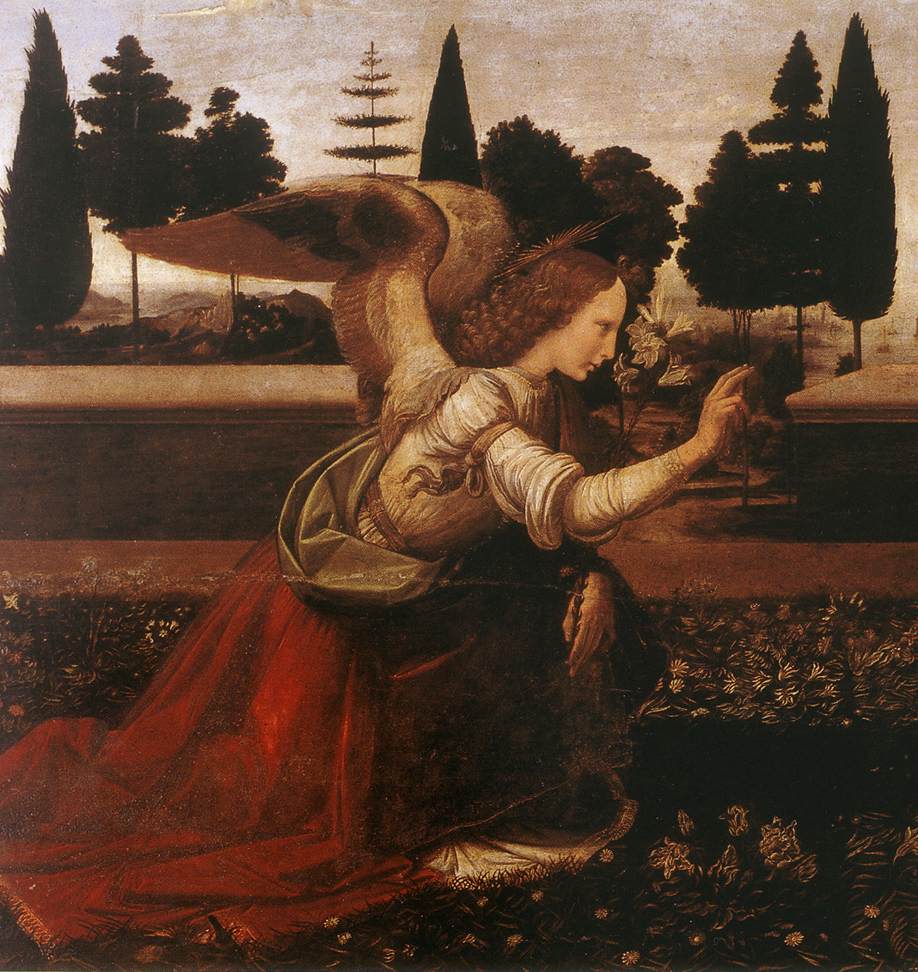


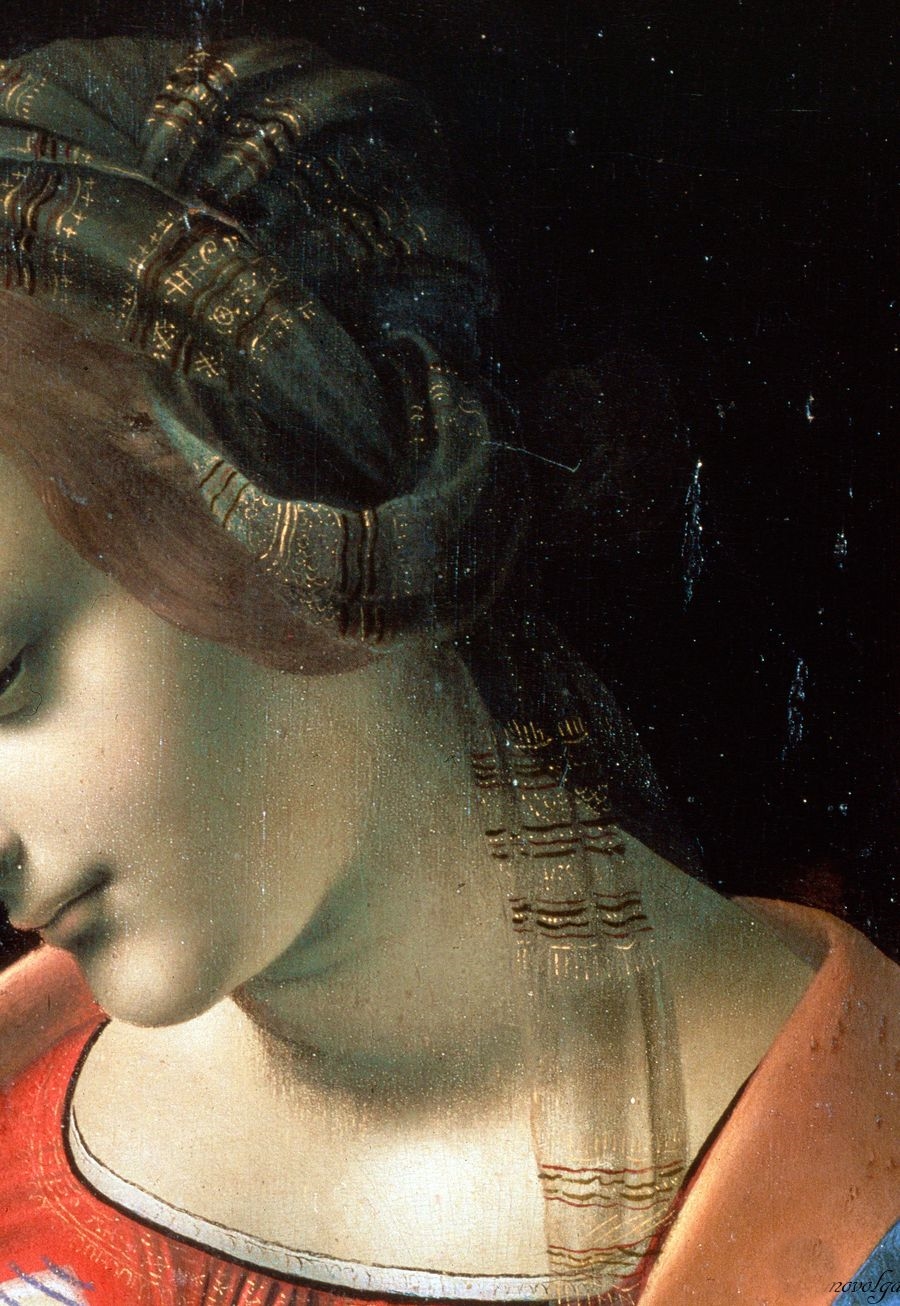

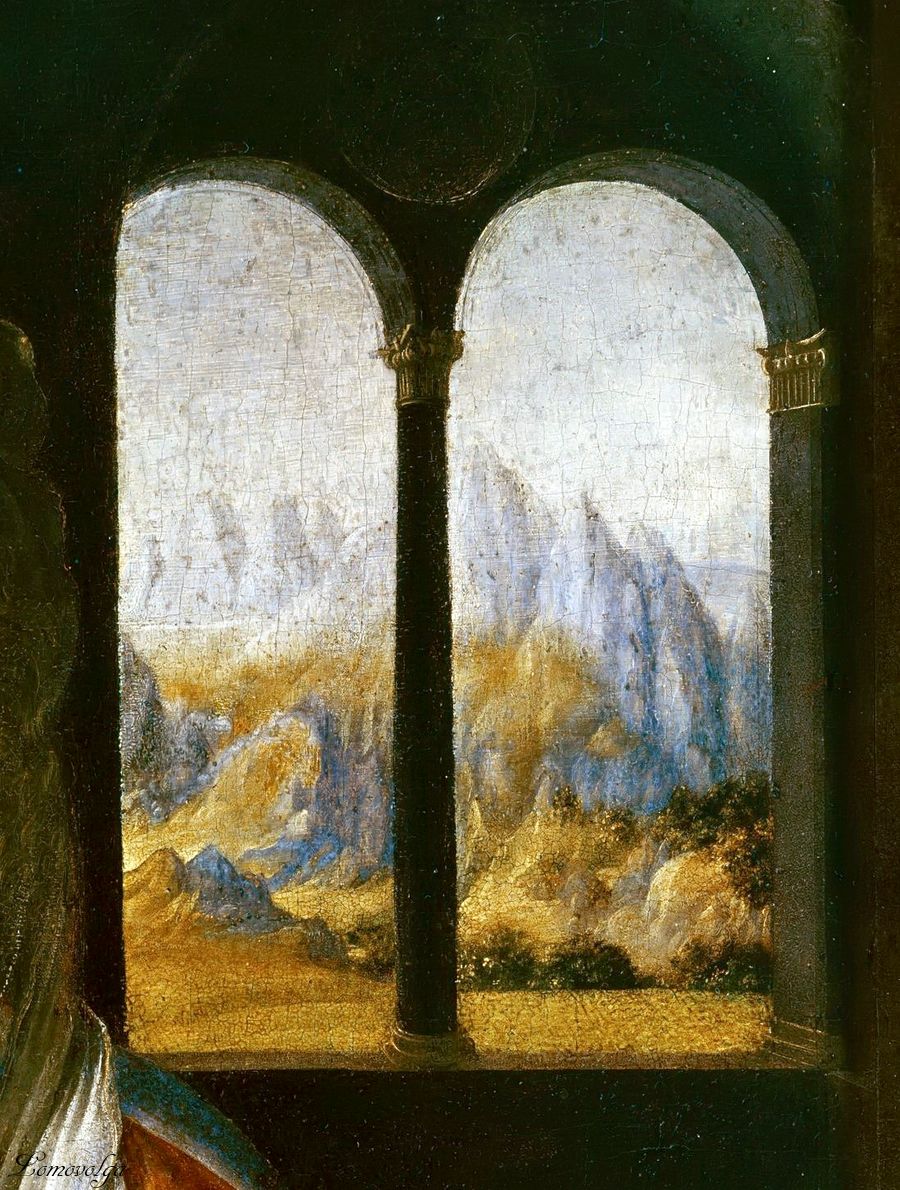
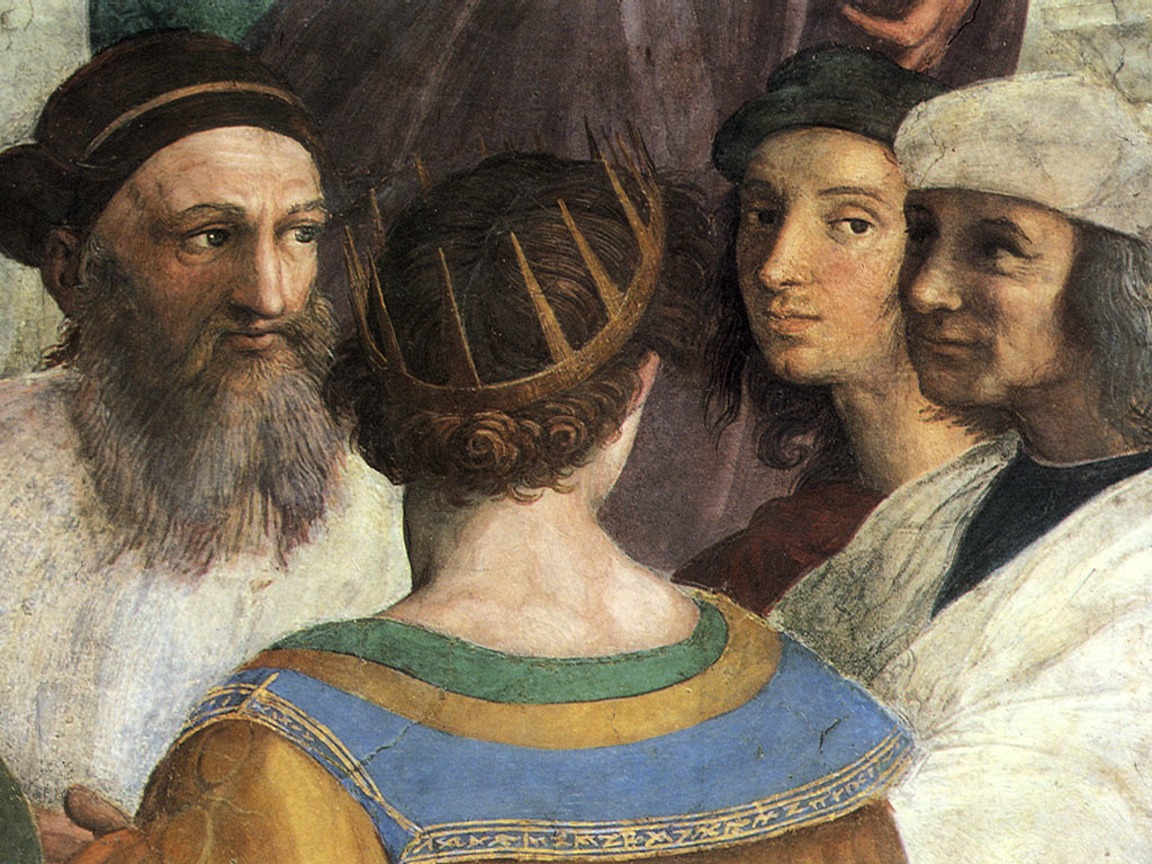
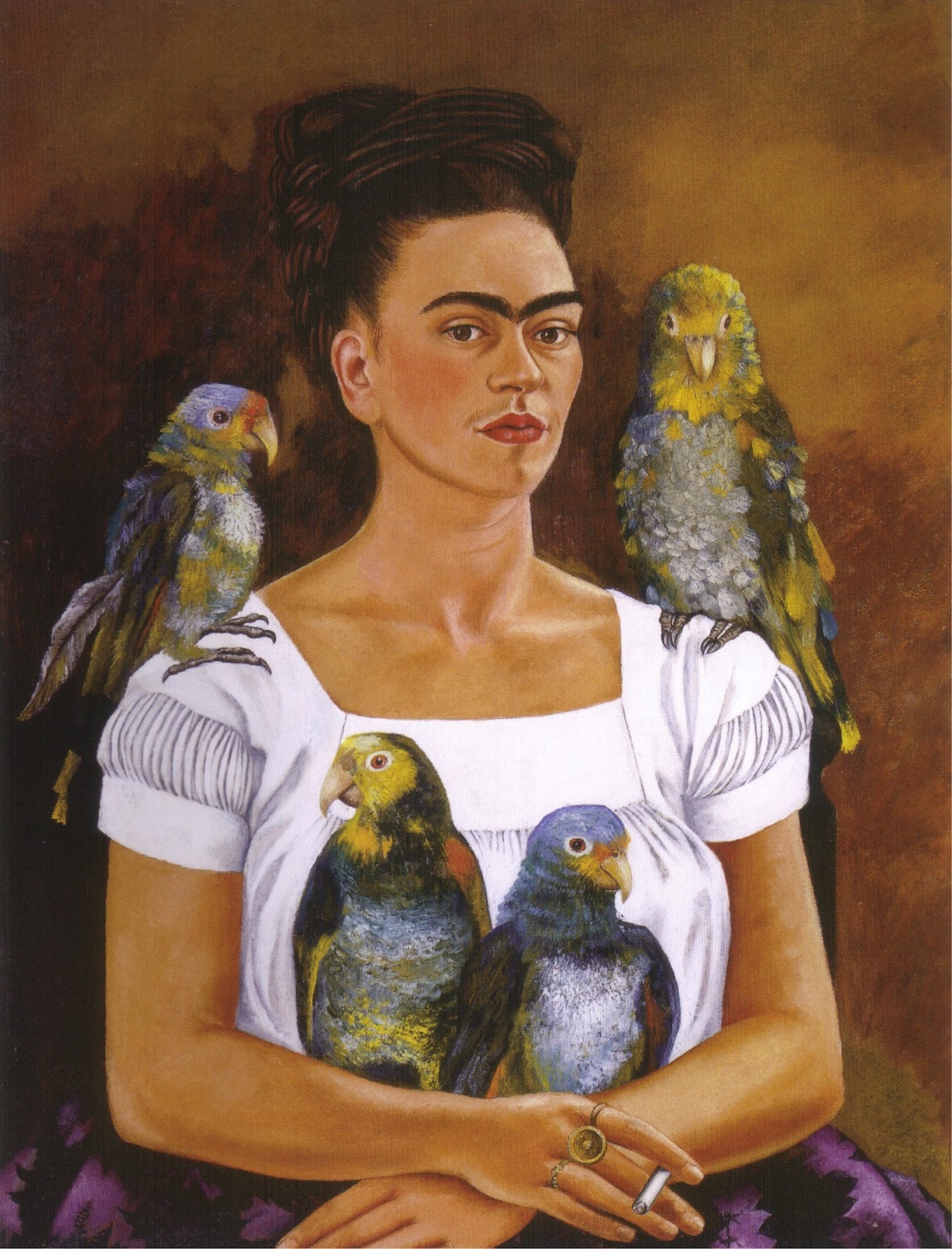


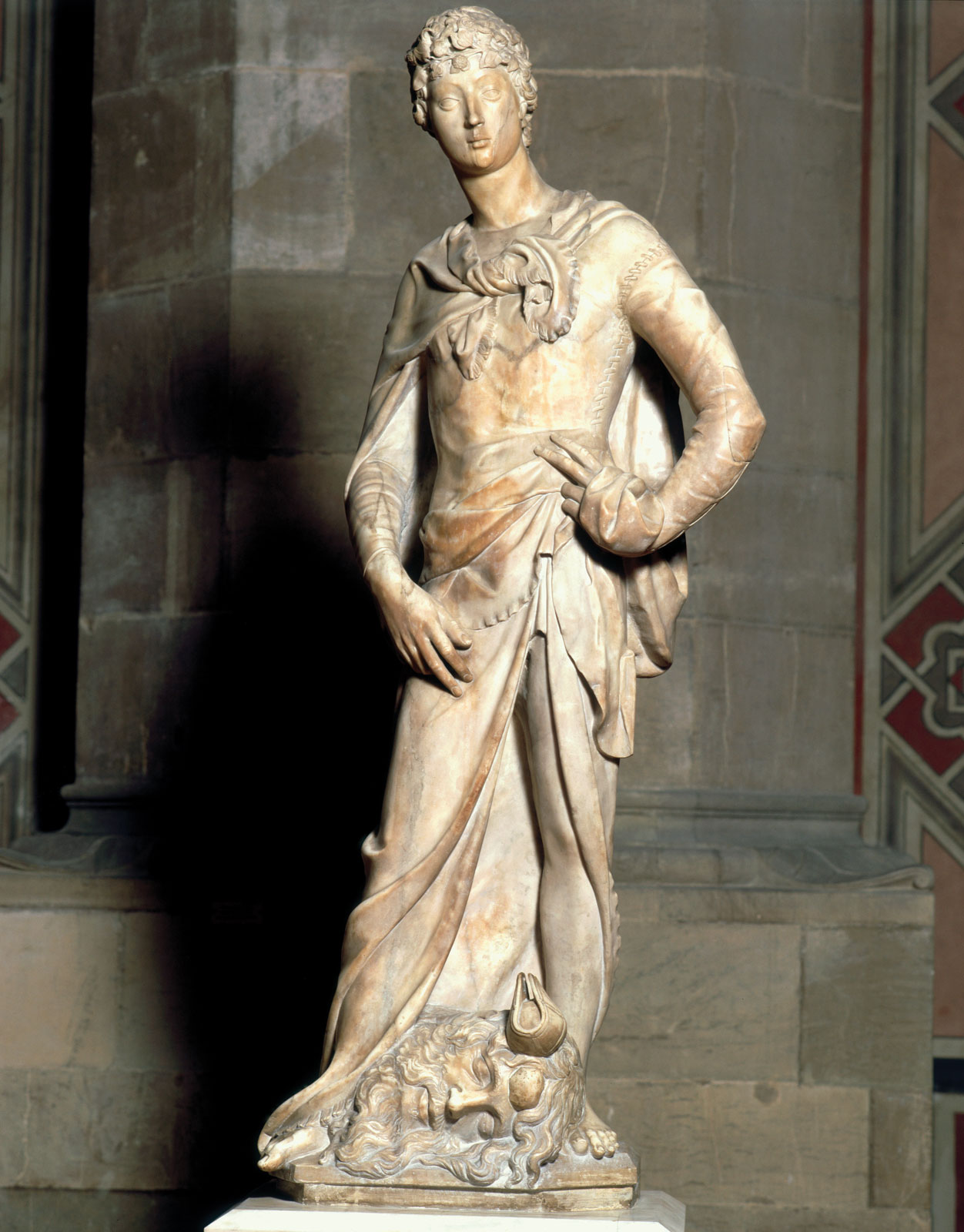
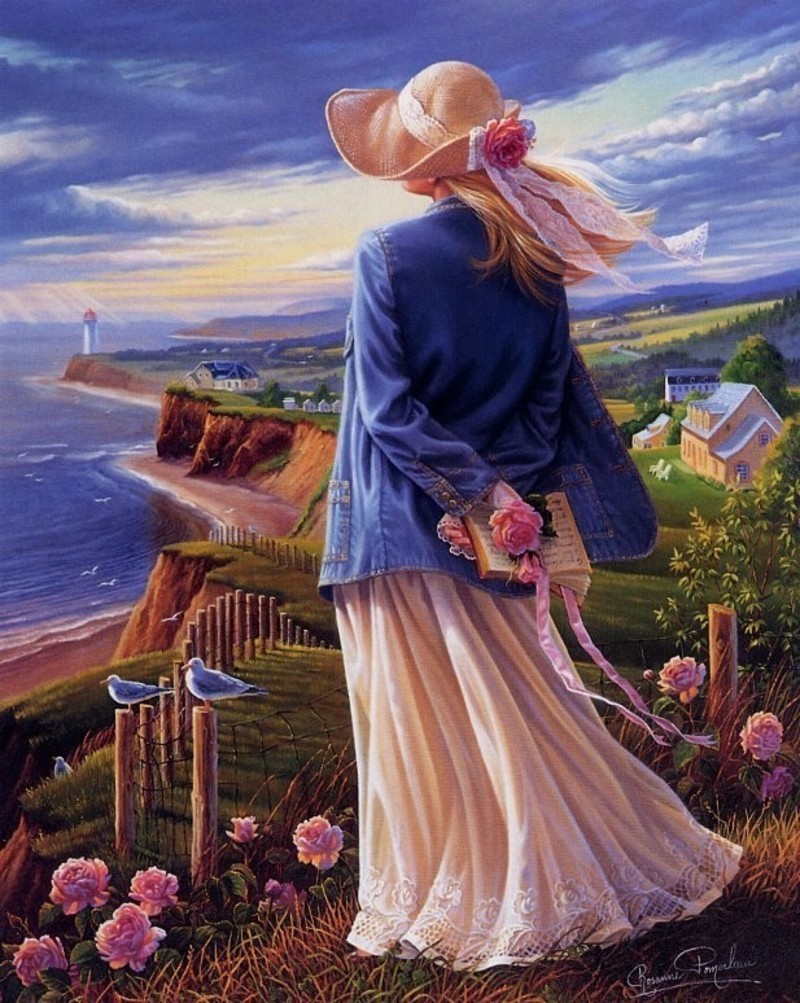


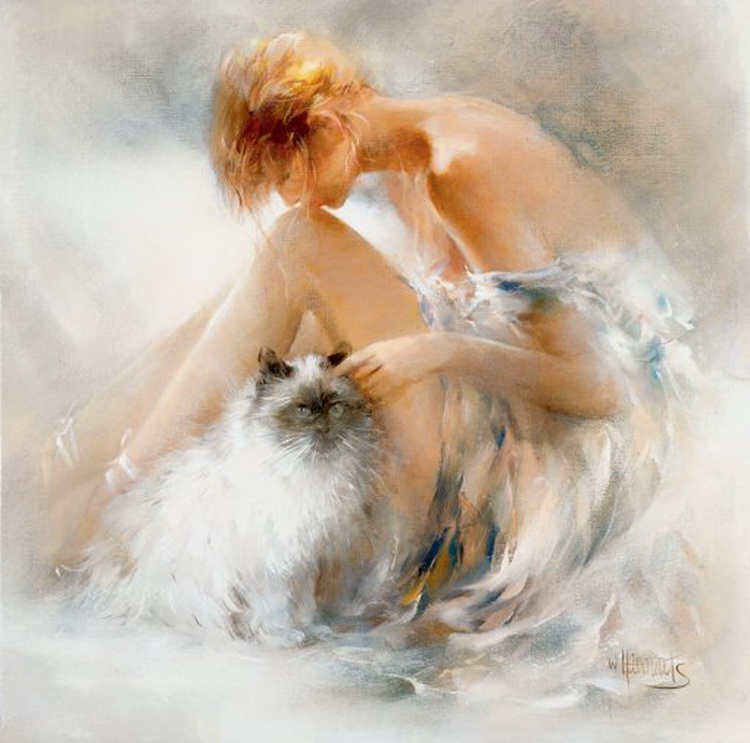




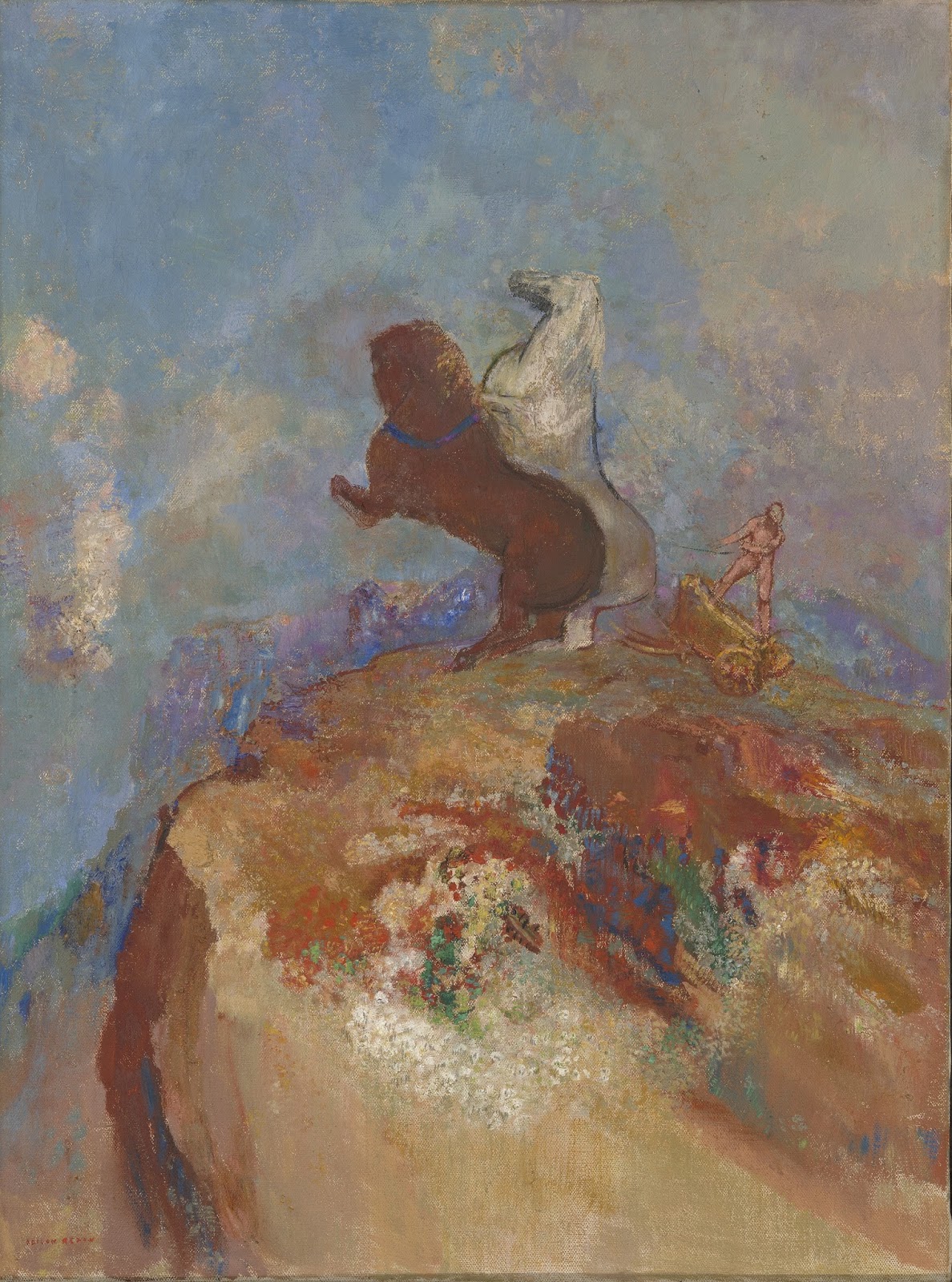








.jpg)





